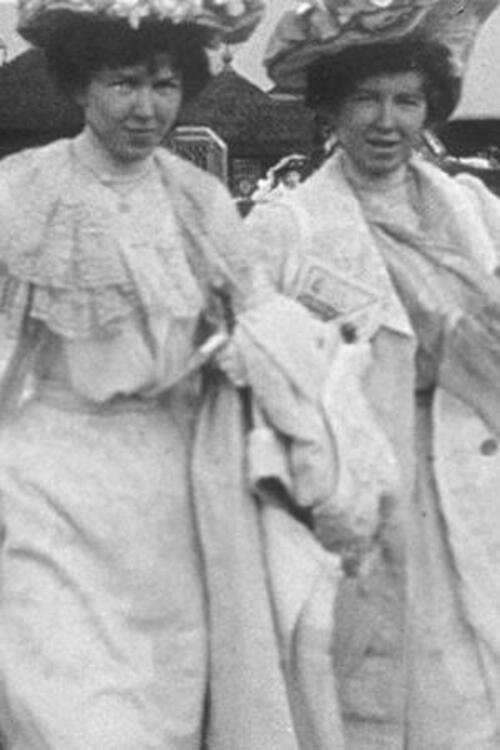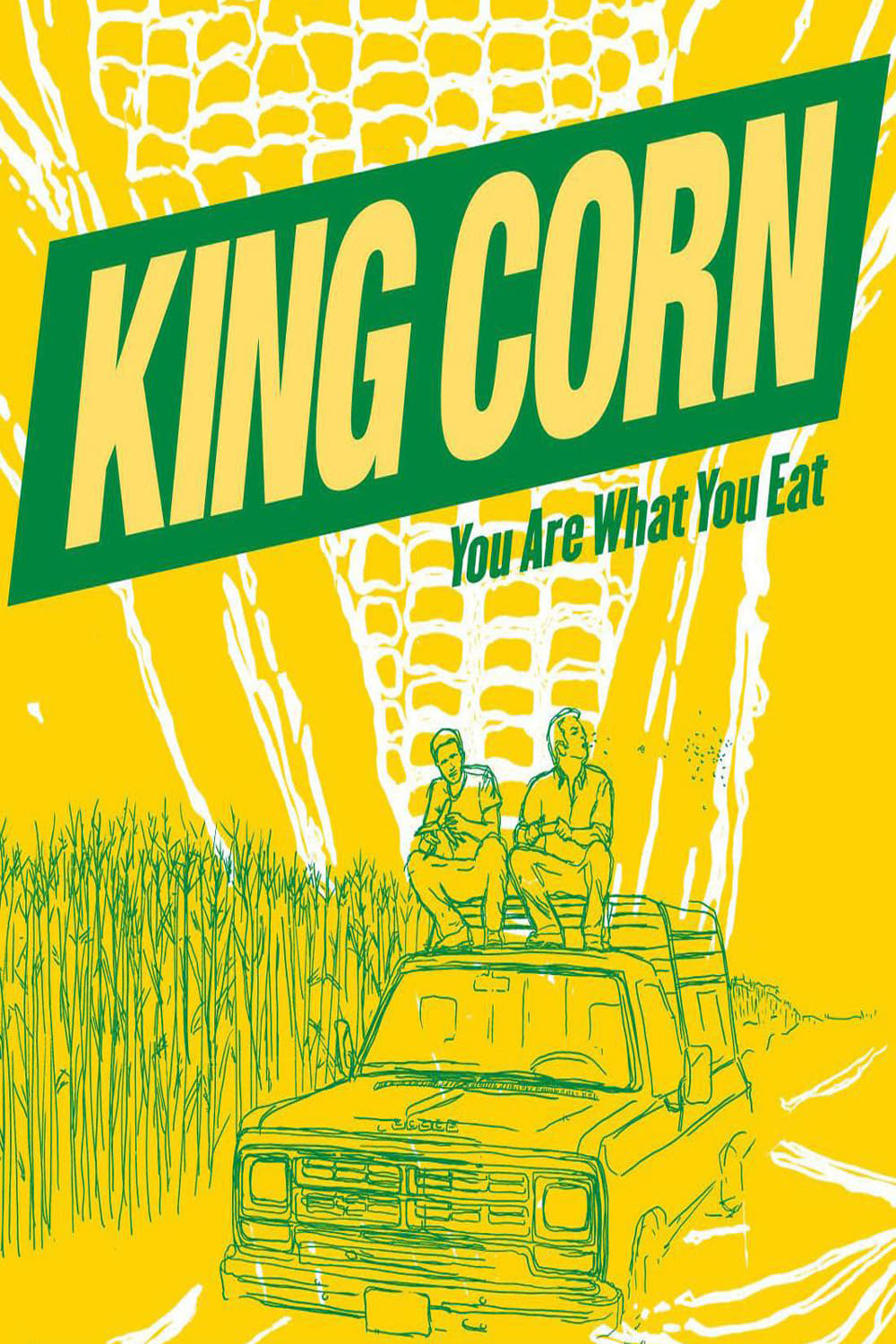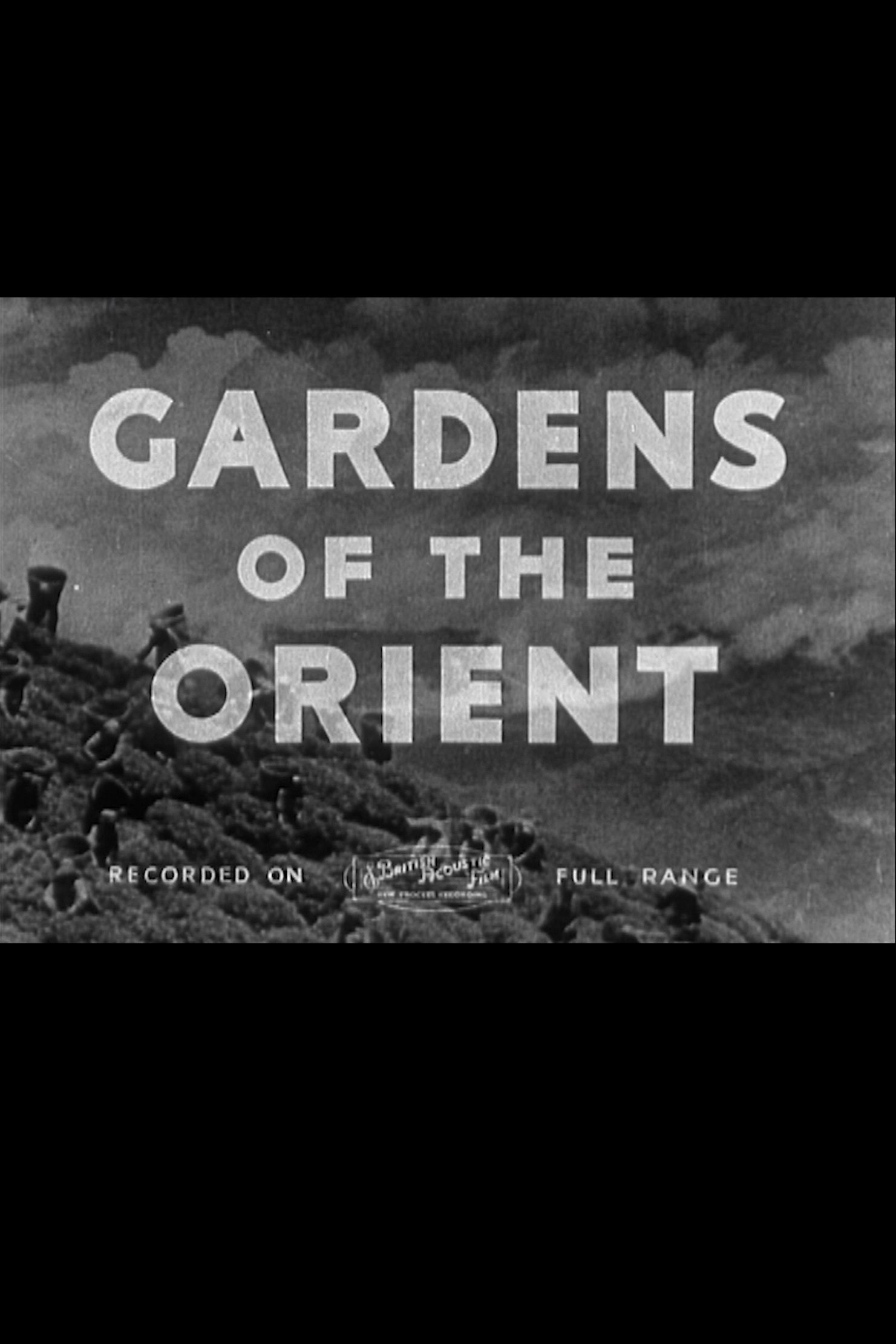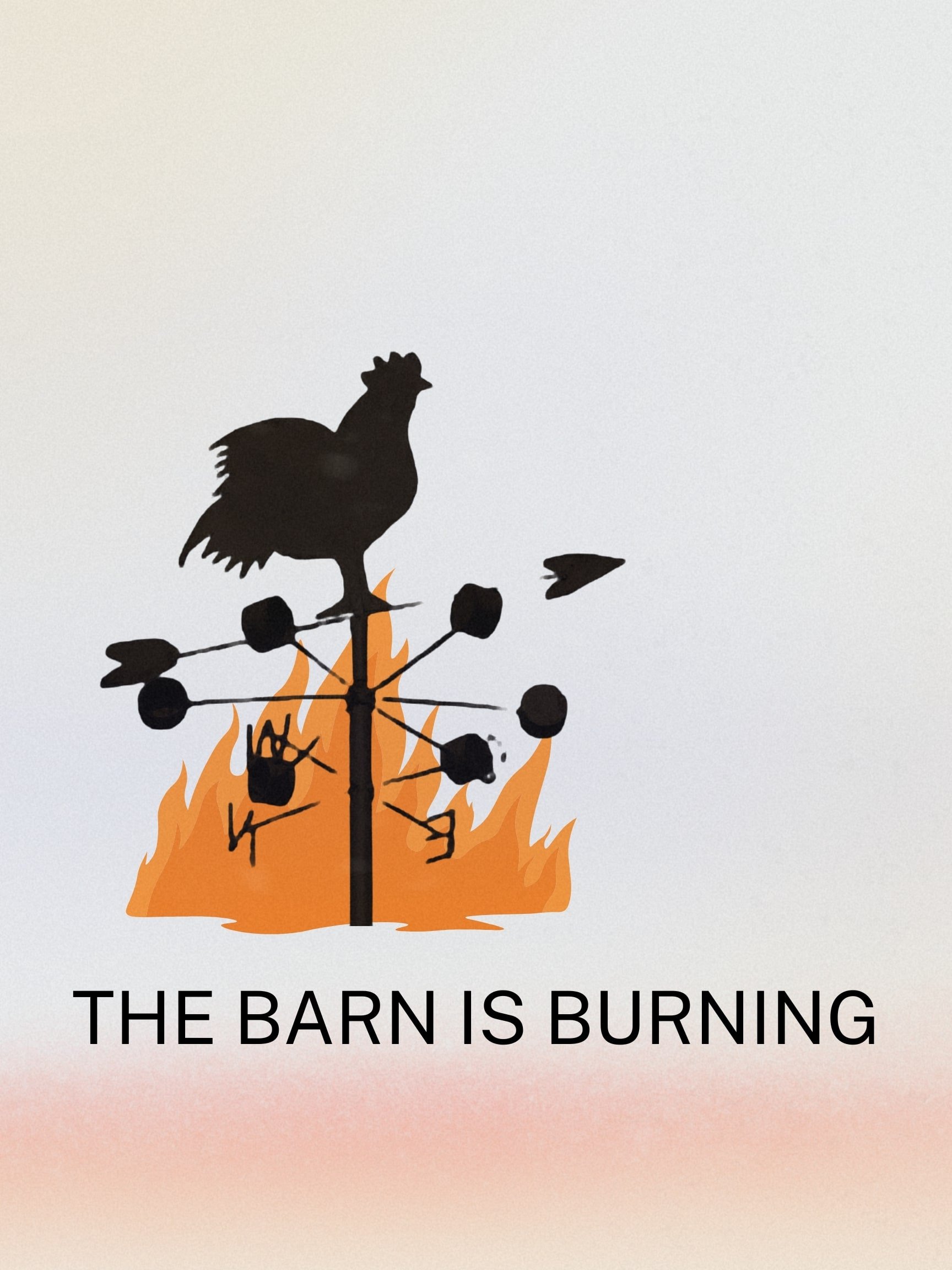
Great Yorkshire Show at Leeds
1902
0h 7m
0.0(0 votes)
Documentary
Overview
The well-dressed Edwardian ladies and gents of the county tour the annual agricultural show.
Links & Resources
Social & External
Production Companies

Videos & Trailers
1 video





